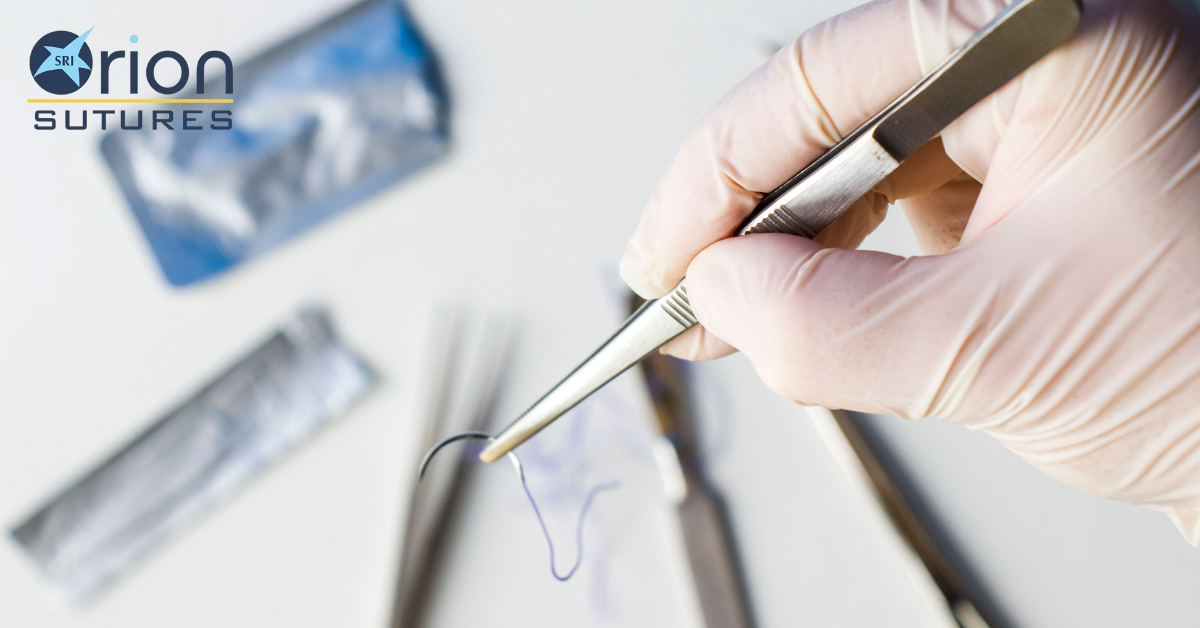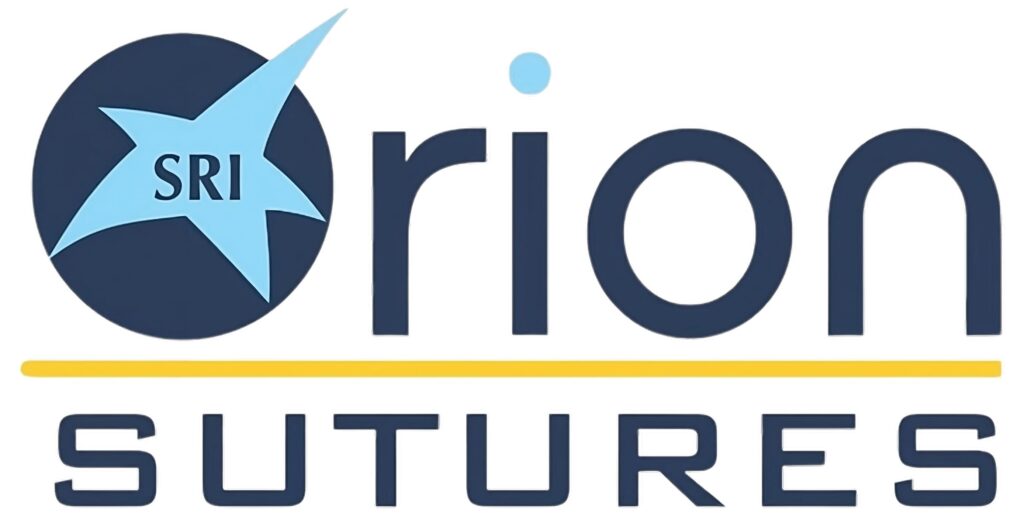Sutures, or stitches, are crucial to a surgeon’s toolkit. These threads hold tissues together after an incision or tear, allowing for proper healing. But not all sutures are created equal. There are two main categories: absorbable and nonabsorbable sutures. As the name suggests, unlike their dissolving counterparts, nonabsorbable sutures is designed to remain in the body after surgery.

When Does the Body Not Absorb the Stitches?
Our bodies are amazing at healing themselves. Absorbable sutures made from materials the body can naturally break down over time, eliminating the need for stitch removal. However, there are situations where long-lasting support is necessary. This is where nonabsorbable sutures come in.
It is used for Stronger tissues. Nonabsorbable sutures provide superior strength for closing and supporting tissues like tendons, ligaments, and fascia (the deep connective tissue layer).
Long-term closure: Nonabsorbable sutures offer lasting reinforcement for wounds requiring extended support during healing. Examples include abdominal wall closures after significant surgery.
Minimizing scarring: In some cases, absorbable sutures can trigger an inflammatory response contributing to scarring. Nonabsorbable sutures may be preferred for cosmetic procedures or areas prone to keloid formation (raised scar tissue). Unveiling the Material Makeup Nonabsorbable sutures come in a variety of materials, each with its properties:
Synthetic: These dominate the market due to their consistency, strength, and minimal tissue reaction. Common types include nylon (polyamide), polypropylene (Prolene), and polyester.
Natural: Traditionally used, natural materials like silk and stainless steel are still employed in specific situations. Silk offers excellent handling but can harbour bacteria, while stainless steel provides exceptional strength but can irritate tissues.
Beyond the base material, nonabsorbable sutures can categorized as:
Monofilament: These single strands offer a smooth surface that minimizes tissue drag and infection risk.
Multifilament: Composed of multiple intertwined strands, they provide greater knot security and flexibility but might be more prone to infection.
The choice of material and type depends on the specific surgical needs, considering factors like wound location, tissue type, and desired suture strength and handling characteristics.
Benefits of Nonabsorbable Sutures
While absorbable sutures offer the convenience of dissolving, nonabsorbable sutures boast distinct advantages:
Superior strength and durability: They provide long-lasting support for critical structures like tendons and ligaments.
Reduced risk of reopening: Their strength minimizes the chance of the wound splitting open during healing.
Versatility: They are suitable for various procedures across different body areas.
Secure knots: Certain types, particularly multifilament, offer excellent knot security for reliable closure.
Considerations and Potential Concerns
Nonabsorbable sutures aren’t without drawbacks:
Stitch removal: They require a follow-up procedure to remove the stitches, adding another step to the healing process.
Infection risk: Multifilament sutures with textured surfaces might harbour bacteria more readily than monofilament ones.
Foreign body reaction: In some cases, the body may react to the presence of a nonabsorbable suture, causing discomfort or inflammation.
Conclusion: Choosing the Right Suture
The surgeon makes the decision between absorbable and nonabsorbable sutures based on the specific surgery and patient needs. Nonabsorbable sutures offer lasting support and versatility, making them valuable tools in the surgical arsenal. However, their use requires careful consideration of potential drawbacks.
If you are facing surgery and have questions about the type of sutures used, discuss it with your doctor. They can explain the rationale behind the choice and address any concerns.

